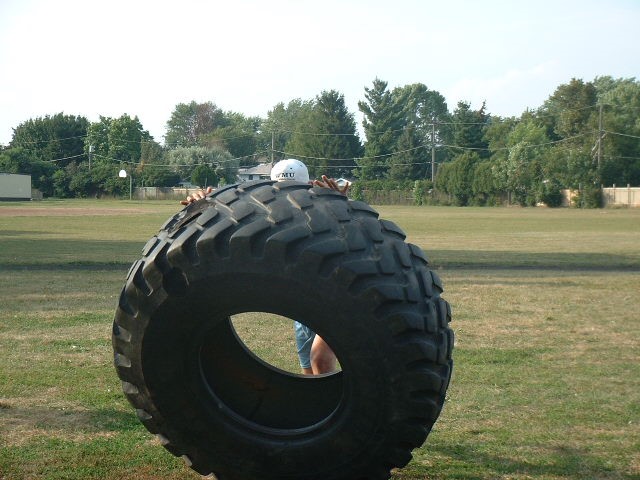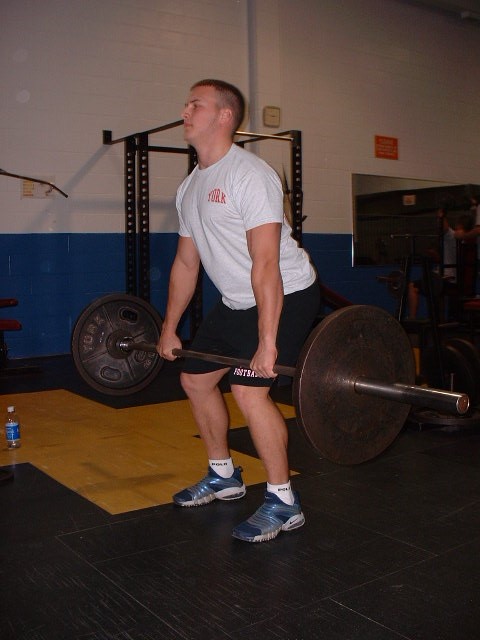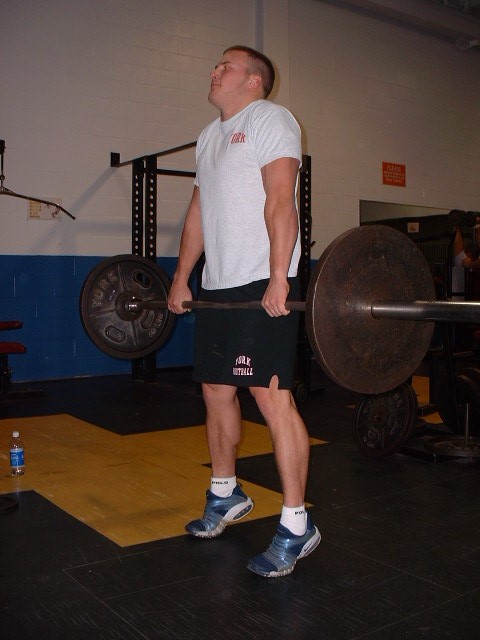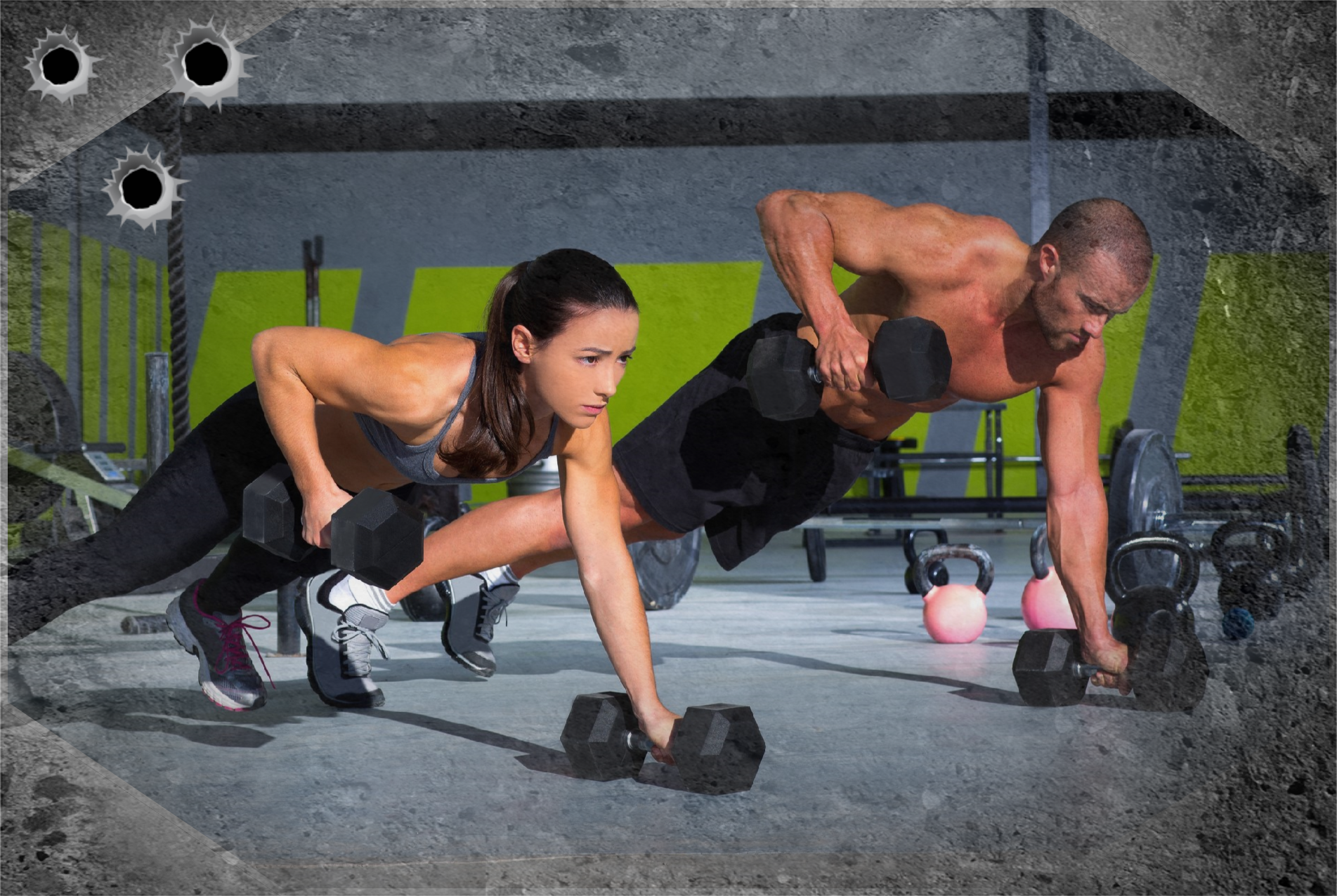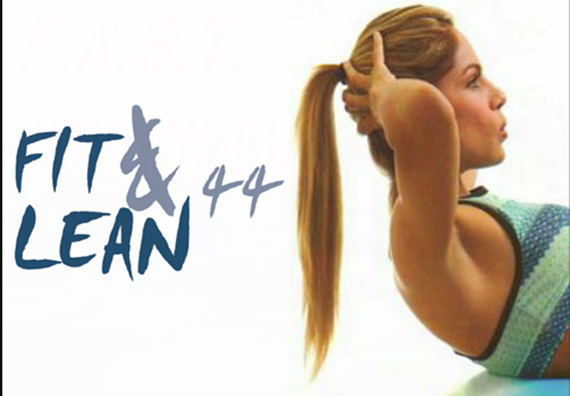2016 marks the 20 year anniversary of SST. 20 years in business is a long time, not only for a business to survive but flourish and expand, when so many other seemingly successful business models have failed along the way.
There are many contributing factors to the success of SST and I am taking this opportunity to share them with you. For that, we need to start at the beginning.
For anyone who is not familiar with my “back story”, in 1989 I was fortunate to receive a full athletic scholarship to UCF, one of the highest points in my life, only to have that very scholarship revoked due to an injury. That injury was a direct result of improper training.
It was a result of this injury and subsequent loss of my athletic scholarship that the conception of SST came to be. I believed that if athletes were trained properly, they would be stronger and faster in their field and less injuries would result, saving them from the disappointment of lost opportunity.
This was the conception of SST. What started as an idea to help others, grew into a successful long term franchise, providing me with not only a long term career but also an outlet for my greatest passions, football and training.
SST had a humble beginning, starting off in a small gym in what was then Lord Elgin High School (now Robert Bateman). A huge debt of gratitude must be paid to Tam Morrison, a teacher who shared the same vision as myself and helped get SST off the ground.
Lord Elgin was where teams like the Burlington Eagles came to train for hockey. I have many fond memories of training future star athletes such as Tim Brent and Andrew Campbell on the back field of Lord Elgin in over 40 degree weather, pushing my Nissan truck around a dirt field. I am sure it is still a fond memory for the athletes too!
In 1999 I was fortunate to meet Steve Bodanis at a seminar and saw his enthusiasm and passion for athletes. Steve quickly became my right hand man and one of my greatest friends. Steve is now the owner of SST Hamilton, our very first franchise.
Eventually SST’s popularity began to grow and we outgrew the space provided by Lord Elgin. In 2001 SST moved its location to Harrington Court. This was an important move, it was at this location that SST became a household name in Boot Camp style workouts, with the launch of Fit and Lean and MaxFit44.
Harrington Court is also where I had the privilege of training many pro football players such as Mike O’Shea, Jeff Johnson, Jeff Keeping, Chad Remple and many others.
Over the years I have had the opportunity to train many fine young quarterbacks like Danny Brannagan (Vanier cup champ), Will Finch, Kyle Williams, Nathan Rourke and countless others. My passion is teaching and coaching, these athletes make it worthwhile.
SST has also enabled me to coach football with the BMFA for the last 8 years and thru this I have made great friends and relationships with so many terrific people. 20 years in business has allowed me to train and meet so many great student athletes. It has been my pleasure getting to know these young people and watch them develop into successful adults. Rob Legate, Drew Collins, CJ Morrison, Stephanie Dwyer, Karla Leong to name a few, plus so many more wonderful people have been my absolute pleasure and privilege to know.
In 2010 SST Burlington moved locations again to its current New St. location. This moved allowed again for expansion as we grew with our fast growing adult memberships. This location also allowed for the addition of a sports therapy clinic. Peter Kissel and David Schenkel are outstanding at their crafts and have helped many clients. We are grateful to have them and their staff as part of SST.
No training facility is complete without a special group of coaches and SST prides itself on our exceptional training staff. Over the years SST has been fortunate to recruit amazing trainers such as: John Blair, Dave Scott MacDowell and Sean Stewart. Each of our trainers have specific qualities and strengths and bring a unique flavor to SST.
A huge part of the ongoing success of SST has been our ability to franchise and grow. Increasing our brand awareness and our place in the market.
I want to thank and express my appreciation to all SST franchise owners who have built SST in their own community. Each of them have added to the overall success of SST and I can’t thank them enough.
SST Hamilton: Our first Franchisee. Owner Steve Bodanis
SST Mississauga: Owner Rick Johnstone and Mike/ Nicole Tevlin. Former owner and good friend Mike Mc Carthy who helped build the Baseball Zone in conjunction with SST.
SST Waterloo: Owner Ajay Nagy who has won numerous Franchisee of the year awards.
SST Milton: Owner Jeff Jensen, who I met in a gym one day doing warmups- a terrific OLYMPIC lifting coach.
SST Oakville: Owner Delroy, a good friend and a tireless owner, we have shared a lot over the years and look forward to the next 20 with him.
SST Laval: Owner Antoine H, our first franchisee outside of Ontario, yet another owner who I have become great friends with. SST Laval was the winner of franchise of the year in 2015!
20 years in business has allowed me to train and meet some amazing people. Clients have become friends and friends have become clients, contributing to the success of SST and for this I am both grateful and thankful.
Lastly and most importantly, I want to THANK YOU, my friends, clients and ambassadors of SST. You have meant more to me over the last 20 years than you could possibly know. The success of SST would not be possible without you and your continued support. I would love to name everyone but there are literally thousands of you who have touched my life in one way or another. I look forward to the next 20 years with my SST Family!




